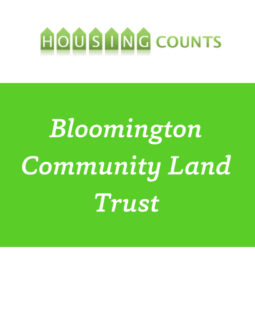Case Study: Bloomington Community Land Trust
West Hennepin Affordable Housing Land Trust (WHAHLT) and Homes Within Reach (HWR) began implementing its program in May 2002: a Community Land Trust whose service area is the 44 communities of western suburban Hennepin County; and currently active in twelve (12) communities in the suburbs of Hennepin. The mission is to use the Community Land Trust practice to provide permanently affordable ownership housing for working families that would be otherwise unable to buy a home in the Hennepin suburban communities, offering both communities and homebuyers the ability to sustain long-term affordable homeownership.
This Community Land Trust (CLT) was used to create and preserve affordable housing in Bloomington, MN. The CLT is a nonprofit organization formed to hold title to land to preserve its long-term affordability. They receive public and private donations of land or monies, to purchase land on which housing exists or can be built. The homes are sold to low-to-moderate income workforce families. The CLT retains ownership of the land and provides a long-term ground lease to homebuyers to secure their rights to use the land, and retains a long-term option to re-purchase the homes at a formula-driven purchase price when homeowners later decide to sell & move.
Its goal was to create and sustain affordable ownership home in Bloomington, through the implementation of its Homes Within Reach – CLT program. This was achieved by acquiring an entry level property in Bloomington; and then turn around and rehabilitate and sell the home to qualified workforce low to moderate income household, earning less than 80% Area Median Income (AMI) using the Community Land Trust Practice.
The project was funded by two sources of capital; proceeds of the sale of the home to a qualified HWR buyer and the grants and in-kind resources awarded to the organization to cover the costs of the land, renovations and soft costs. The grants come from public sources, local, state and federal grants. The grant monies are allocated to bridge the value gap that covers the cost of acquisition and affordability gap to write down the cost of the home, if necessary.
